Welcome to the ‘most beautiful corner of England’. There are of course several of these, but this one is official! The Lake District, in the heart of England’s North West county of Cumbria, is quite unlike any other part of England - think New Zealand, parts of Wales and Scotland - mountains, lakes, waterfalls, rocky streams and a patchwork of valleys crisscrossed by stone walls. Add stone hill farms with slate rooves nestling in these valleys, footpaths meandering in all directions from one hamlet to another, sheep dotted on the hillside, arctic alpines and wildflower meadows, curlews, skylarks, meadows pipits and lapwings, and you have a perfect scene.
Imagine, as the poet William Wordsworth describes in his 1810 Guidebook to the Lakes, the image of a wheel, as seen from a bird’s eye view - the central hub formed by a massif of craggy mountains from which the beautiful valleys of Lakeland radiate out below, each with their distinctive character and stories to tell.
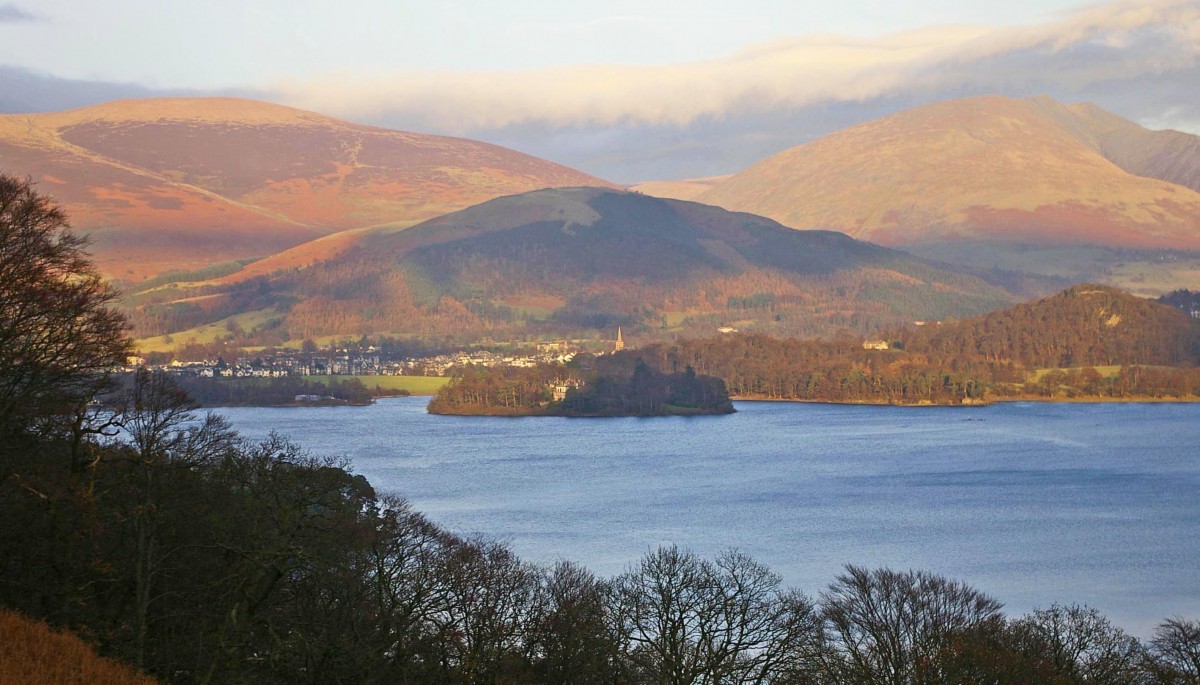
Derwent Isle on Derwentwater
Look deeper and you find……
- evidence of the hand of man from prehistoric times - standing stones, stone circles, stone rows
- all manner of ritualistic sites to capture our imaginations
- evidence of the need for protection from invasion (especially from Scotland!) in the form of ‘pele’ towers (fortified towers), castles, fortified churches
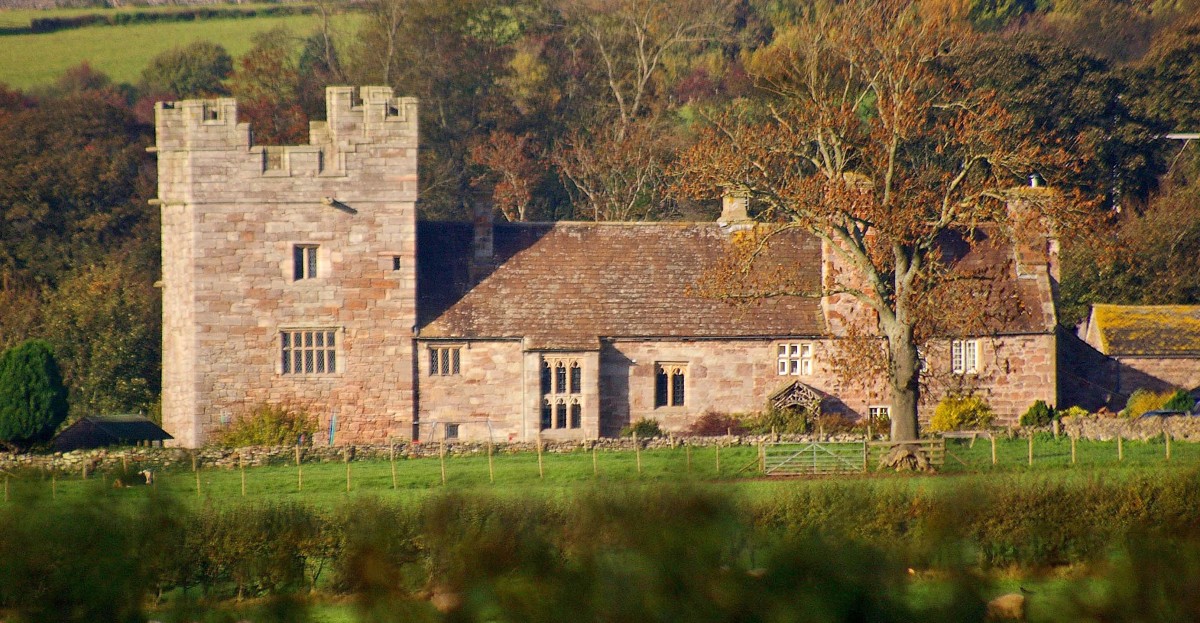
Yanwath Hall Pele Tower
- evidence of miners and quarrymen who over the centuries have wrought minerals from the land, including graphite giving rise to the pencil industry. Their scattered spoil heaps remain as reminders of this time and were described by 20th century Cumberland poet Norman Nicholson as being ‘like the pocks on an old man’s face, they give it [Lakeland] character’. Today you can visit the pencil museum and discover the story of the first pencil, see one of the longest coloured pencils in the world, learn about the World War Two secret map pencils, and much more.
- evidence of the industrial revolution in the form of bobbin mills, gunpowder mills, charcoal burning – these are now mostly sleepy ruins in the woodlands apart from Stott Park Bobbin Mill, a working mill which produced millions of bobbins for the shining and weaving industries of Lancashire in its heyday.
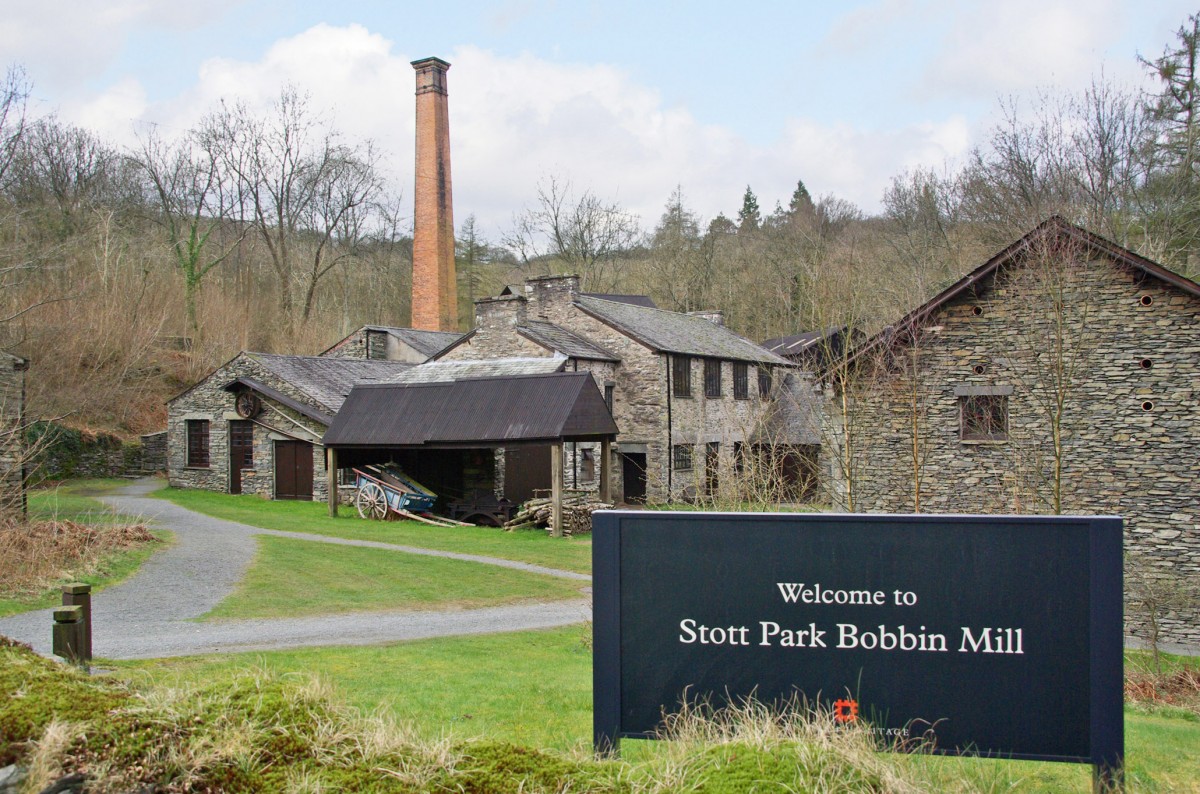
Stott Park Bobbin Mill
Enjoy the fruits of literary and artistic inspiration derived from the beauty and character of the area, most notably writers such as the poet William Wordsworth; artist, writer, farmer and conservationist Beatrix Potter; Arthur Ransome (of Swallows and Amazons fame); John Ruskin, art critic, poet, social thinker and philanthropist whose ideas inspired, amongst many, the Indian leader Mahatma Ghandi; poet Samuel Taylor Coleridge; John Cunliffe’s Postman Pat and much more.

Stott Park Bobbin Mill
Well-known artists who’ve been inspired include JMW Turner, John Constable, LS Lowry, Percy Kelly and more. The Heaton Copper artistic dynasty have been capturing the beauty of the Lakeland fells for a hundred years and continue to this day from their Grasmere studio. The area still inspires hundreds of artists and there are many contemporary art galleries and studios to visit, as well as outdoor installations, around the county.
Cumbria prides itself on its local produce be it gifts, arts and crafts, ceramics, textiles and clothing, or food and drink. Home to sticky toffee pudding, Cumberland Rum Nicky, Kendal Mintcake and Grasmere Gingerbread (made to a secret recipe). In addition, there are innumerable pies, puddings, jams, preserves, sauces, pickles, relishes, cheeses, artisan bakeries, not forgetting free range meat and freshly caught fish, as well as beers wines and spirits.
The main industries today are tourism and agriculture. The farming tradition goes back centuries and on Lakeland hill farms shepherds can still be seen with their crook and border collie dogs gathering their sheep. There are about 40,000 of the local Herdwick sheep on National Trust farms to this day. This is a distinctive breed that was brought here by the Vikings and championed by Beatrix Potter, who ensured their conservation by the National Trust.
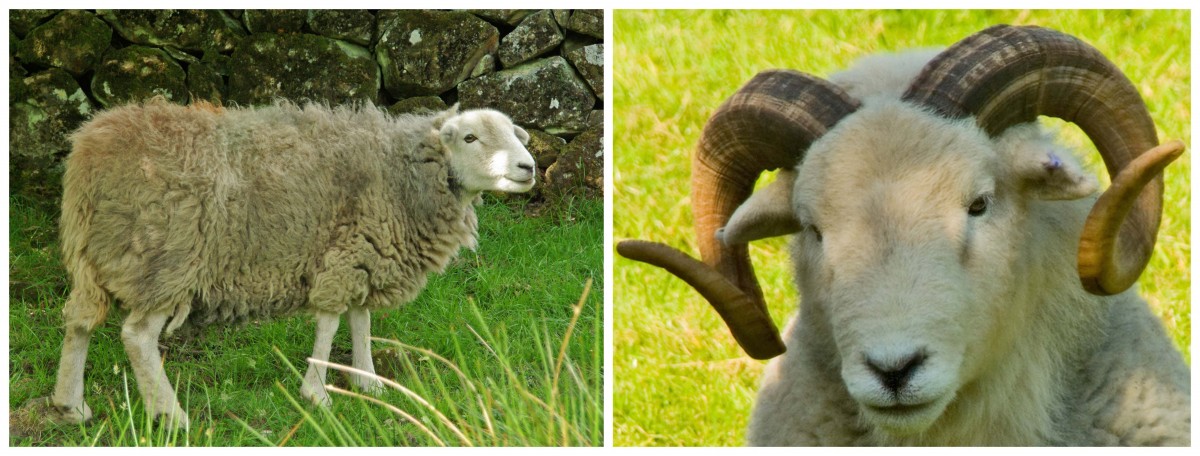
A Herdwick Ewe and a Hardwick Ram
Visitors enjoy walking along the meres and waters (lakes), becks (streams) and through woodland, as well as hiking and climbing in the fells (hills). The more adventurous take to abseiling, canyoning, scrambling, zip wiring or hang gliding - the choice is endless for those who enjoy the challenge! Others prefer to take to the lakes rowing, sailing, canoeing, kayaking or paddle boarding. Some brave the waters swimming in the lakes and tarns. Others prefer to take in the culture of Lakeland by visiting the historic houses, castles, museums, villages and towns.
This extraordinary corner of England is at the forefront of conservation - in 1902, Brandlehow, on Derwentwater, was one of the first pieces of land purchased by the National Trust, a founder member being Canon Hardwick Rawnsley, a local vicar and friend of Beatrix Potter. Wordsworth thought it should be a ‘sort of national property’ and 100 years on it became the Lake District National Park in 1951, just the second in the country. More recently the area became recognised as a World Heritage Site for its Identity, Inspiration and Conservation. It’s amazing to reflect on the story of this unique landscape, shaped by people’s activities for centuries, providing artistic and literary inspiration, and leading to the conservation first mooted by William Wordsworth and John Ruskin, and taken forward by Rawnsley and Potter among others.
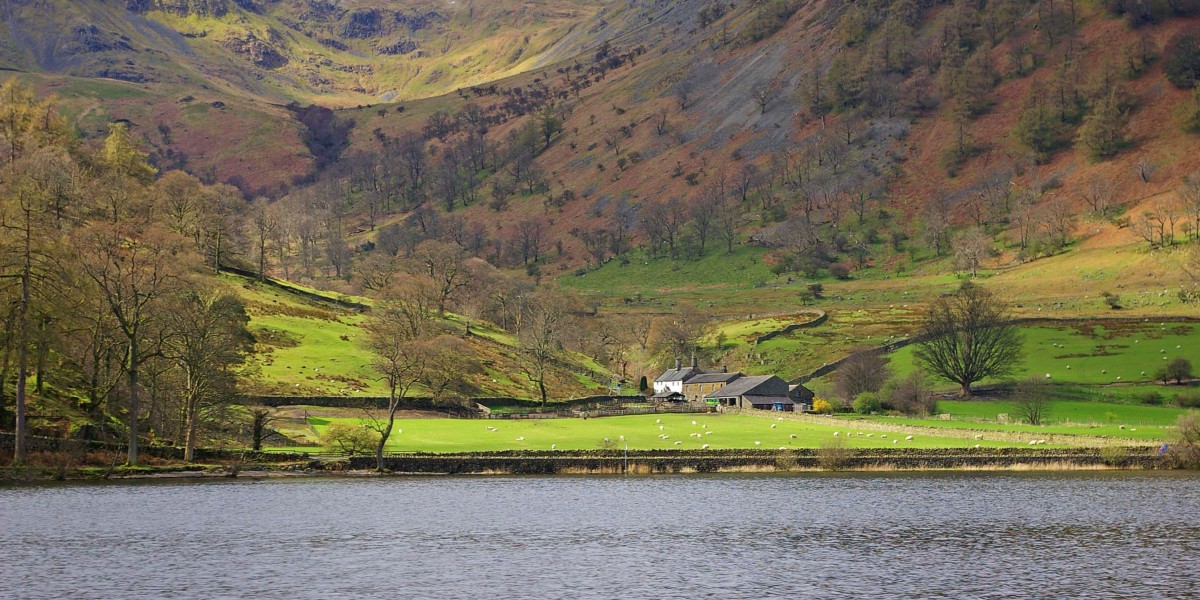
Glencoyne Farm on Ullswater in the Lake District


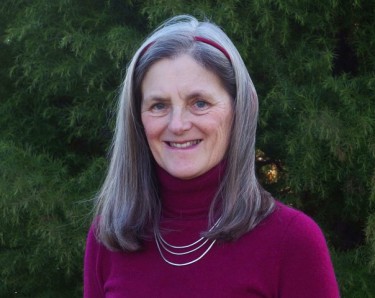
540+k followers
152+k followers